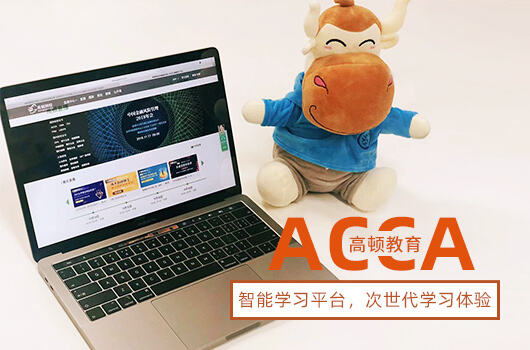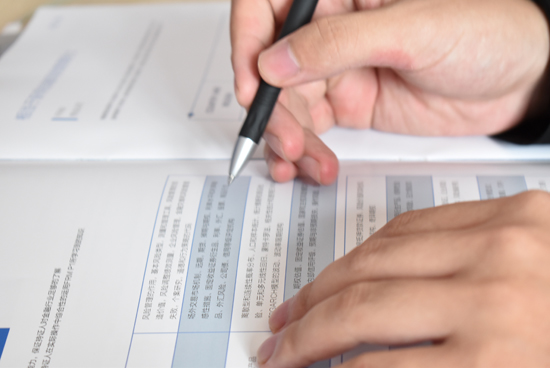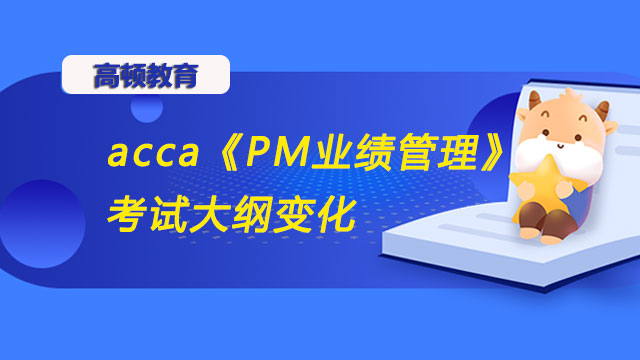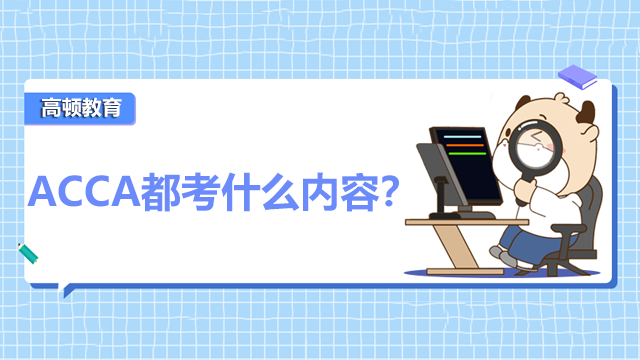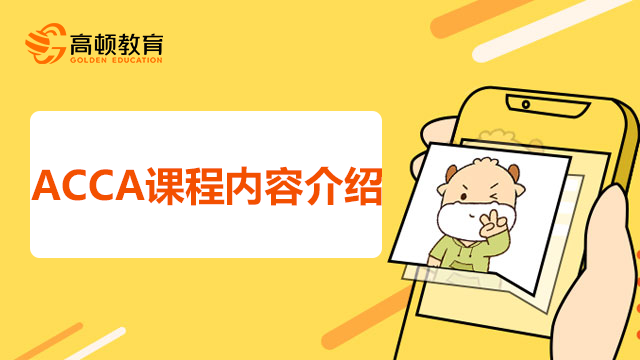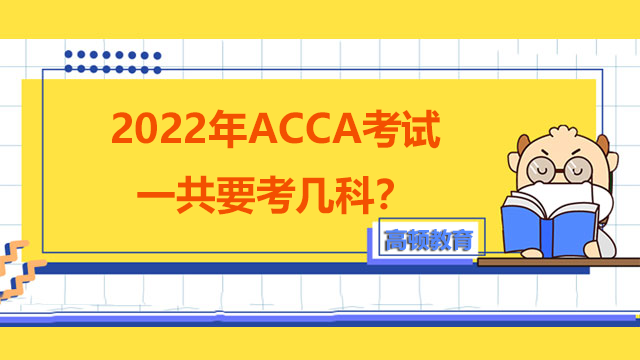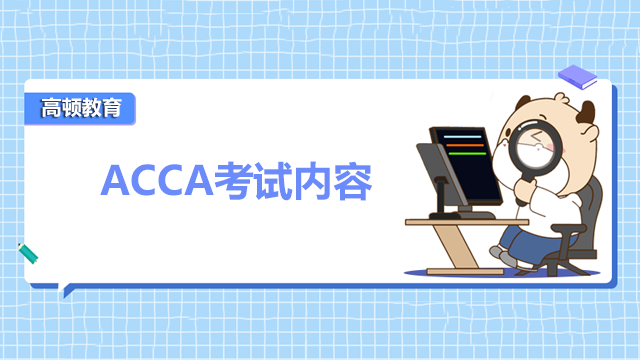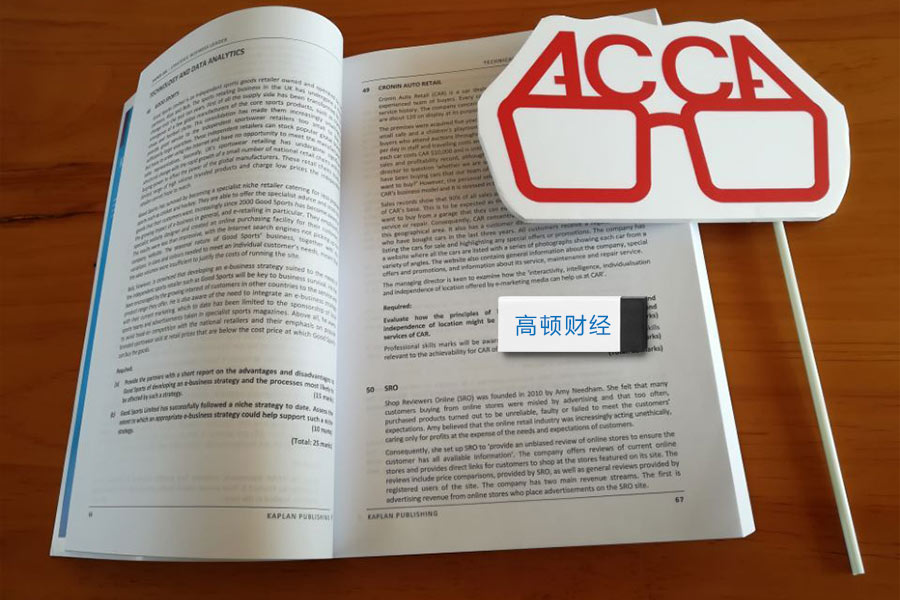今天跟着高顿网校小编一起来看看2015年ACCA*7考纲的全面解析吧,掌握相关信息才能助力备考!
IAS 16 Property, Plant and Equipment states that the residual value and useful economic life of an asset should be reviewed at each financial year end (at least).
Exam questions dealing with published accounts often ask for accounting adjustments arising on revaluation of non-current assets. You should know some points about IAS 16 as well as IAS40. See the note on IAS36 for accounting for impairment losses.
The main points dealt with by the standard are:
1.An item of property, plant and equipment which qualifies for recognition as an asset should initially be measured at its cost. All capital costs should be included in this initial cost (e.g. the cost of site preparation, delivery costs, installation costs, and other directly attributable costs that would have been avoided had the assts not been acquired), whereas revenue costs should be written off as incurred (e.g. general overhead costs, maintenance costs).
2.An entity evaluates under the general recognition principle all property, plant and equipment costs at the time they are incurred. Those costs include costs incurred initially to acquire or construct an item of property, plant and equipment and costs incurred subsequently to add to, replace part of, or service an item. An entity does not recognize in the carrying amount of an item of property, plant and equipment the costs of the day-to-day servicing of the item. Rather, there costs are recognized in profit or loss as incurred. An entity recognizes in the carrying amount of an item of property, plant and equipment the cost of replacing part of such an item when that cost is incurred if the recognition criteria are met. The carrying amount of those parts that are replaced is derecognized. If it is not practicable to determine the carrying amount of the replaced part, it may use the cost of the replacement as an indication of what the cost of the replaced part was at the time it was acquired or constructed.
3.Normally all inspection and overhaul costs are expensed as they are incurred. However, to the extend that they satisfy the IAS16 rules for separate components, such costs should be capitalized separately as a non-current asset and depreciated over their useful lives.
4.The residual value and useful economic life of an asset should be reviewed at least at each financial year-end and revised when necessary. When a material change becomes necessary, the depreciation charge for the current and future periods should be adjusted. The change in depreciation method does not constitute a change of accounting policy.
5.Depreciation of an asset begins when it is available for use and ceases at the earlier of the date that the asset is classified as held for sale (IFRS5) and the date that the asset is derecognized.
6.The carrying amount of an item of property, plant and equipment shall be derecognized on disposal or when no future economic benefits are expected from its use or disposal.
7.Subsequent to initial recognition, the cost model is that property, plant and equipment should be carried at cost less accumulated depreciation subject to any necessary write-down in value.
8.The revaluation model is that property, plant and equipment whose fair value can be measured reliably should be carried at a revalued amount being its fair value at the date of revaluation less any accumulated depreciation after revaluation and any necessary write-down in value. On revaluation, the increase in carrying amount must be credited to revaluation surplus, however, if such increase reverses a previous revaluation decrease of the same asset which was recognized as an expense in I/S then the increase is firstly credited to I/S; the revaluation decrease should be recognized immediately as an expense in I/S, however, if there is revaluation surplus on the same asset then such decrease should write off the revaluation surplus firstly.
9. Where the revaluation model is adopted, revaluation should be made regularly so that the carrying value of a revalued asset does not differ materially from its fair value at the balance sheet date.
高顿网校温馨提醒
各位考生,2015年ACCA备考已经开始,为了方便各位学员能更加系统地掌握考试大纲的重点知识,帮助大家充分备考,体验实战,高顿网校开通了全免费的
ACCA题库(包括精题真题和全真模考系统),题库里附有详细的答案解析,学员可以通过多种题型加强练习。
戳这里进入ACCA免费题库>>>
版权声明:本条内容自发布之日起,有效期为一个月。凡本网站注明“来源高顿教育”或“来源高顿网校”或“来源高顿”的所有作品,均为本网站合法拥有版权的作品,未经本网站授权,任何媒体、网站、个人不得转载、链接、转帖或以其他方式使用。
经本网站合法授权的,应在授权范围内使用,且使用时必须注明“来源高顿教育”或“来源高顿网校”或“来源高顿”,并不得对作品中出现的“高顿”字样进行删减、替换等。违反上述声明者,本网站将依法追究其法律责任。
本网站的部分资料转载自互联网,均尽力标明作者和出处。本网站转载的目的在于传递更多信息,并不意味着赞同其观点或证实其描述,本网站不对其真实性负责。
如您认为本网站刊载作品涉及版权等问题,请与本网站联系(邮箱fawu@gaodun.com,电话:021-31587497),本网站核实确认后会尽快予以处理。
 更多服务
更多服务




 报告编号:NO.20231026*****
报告编号:NO.20231026*****








